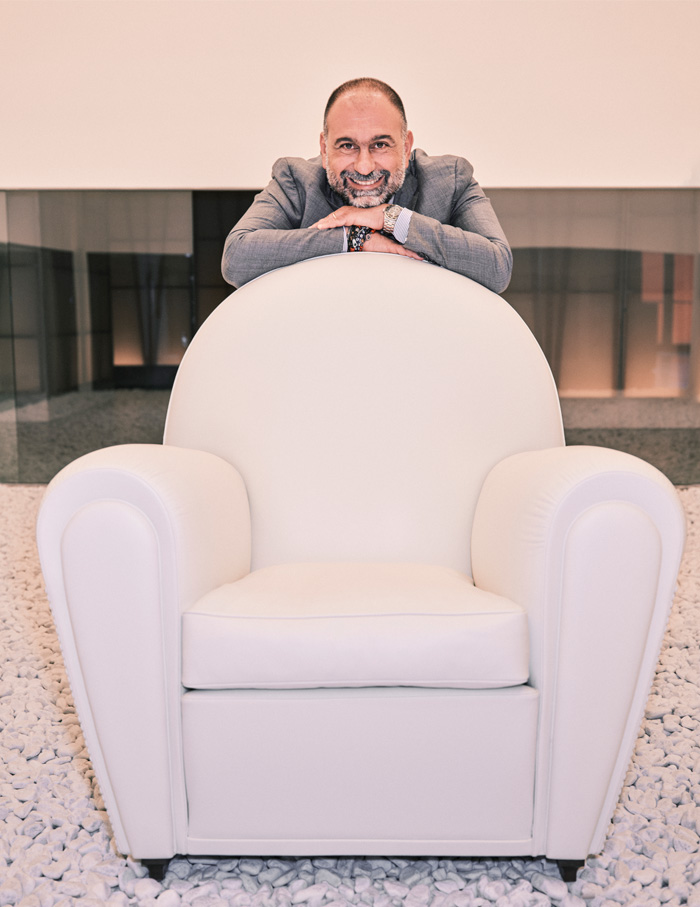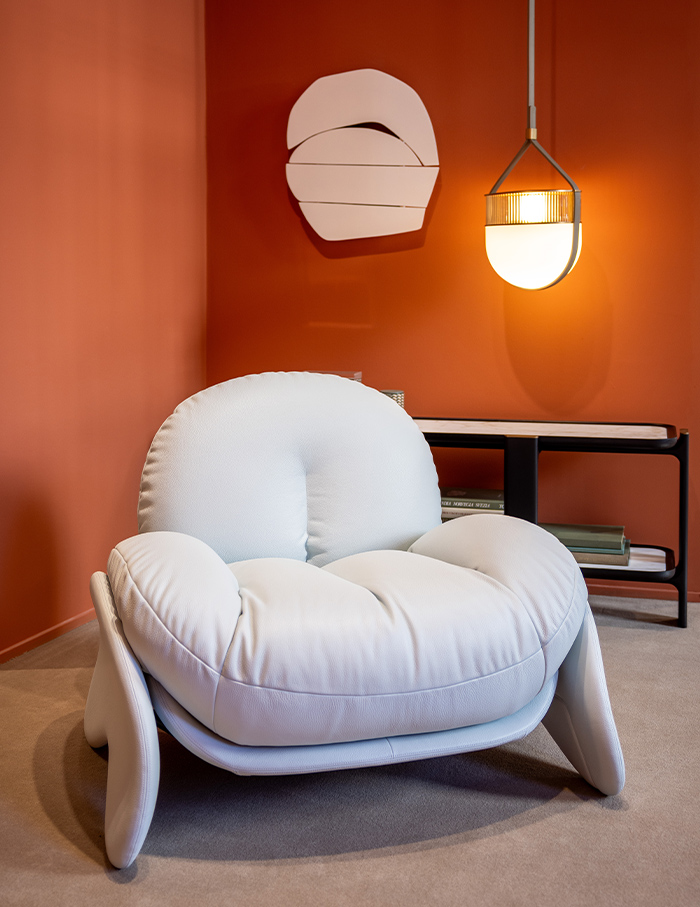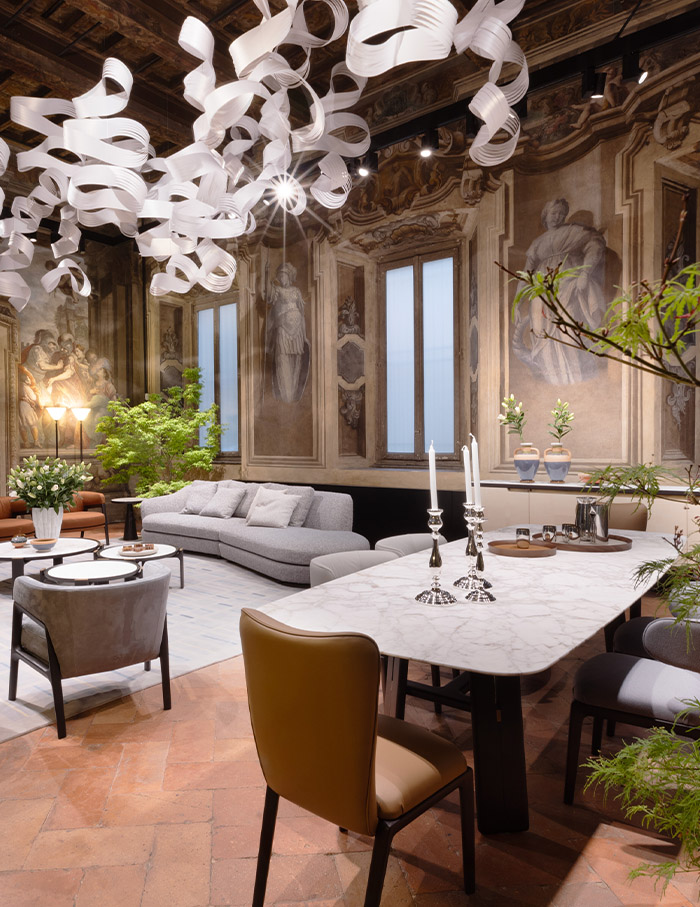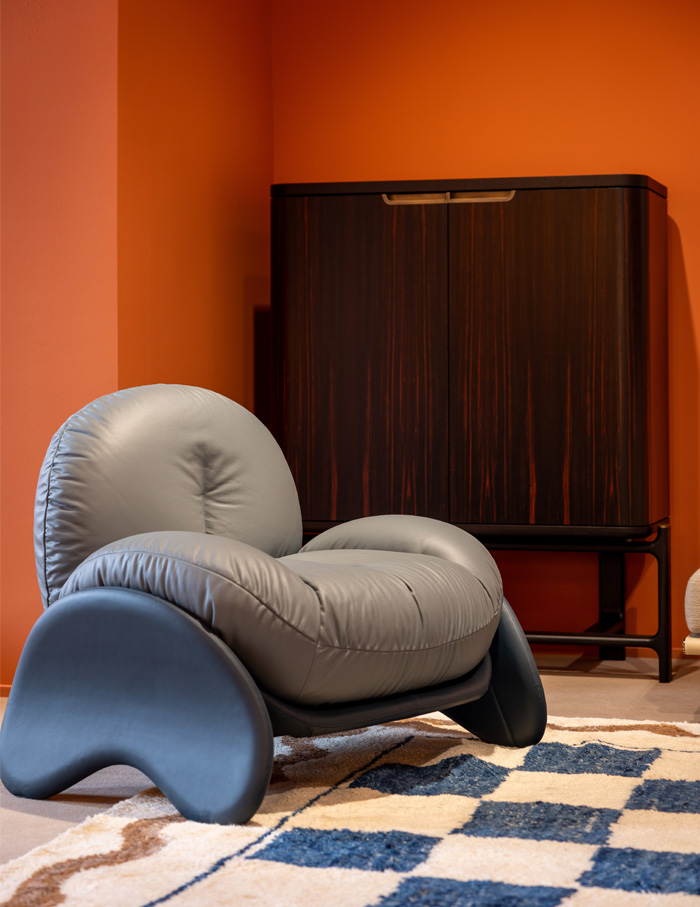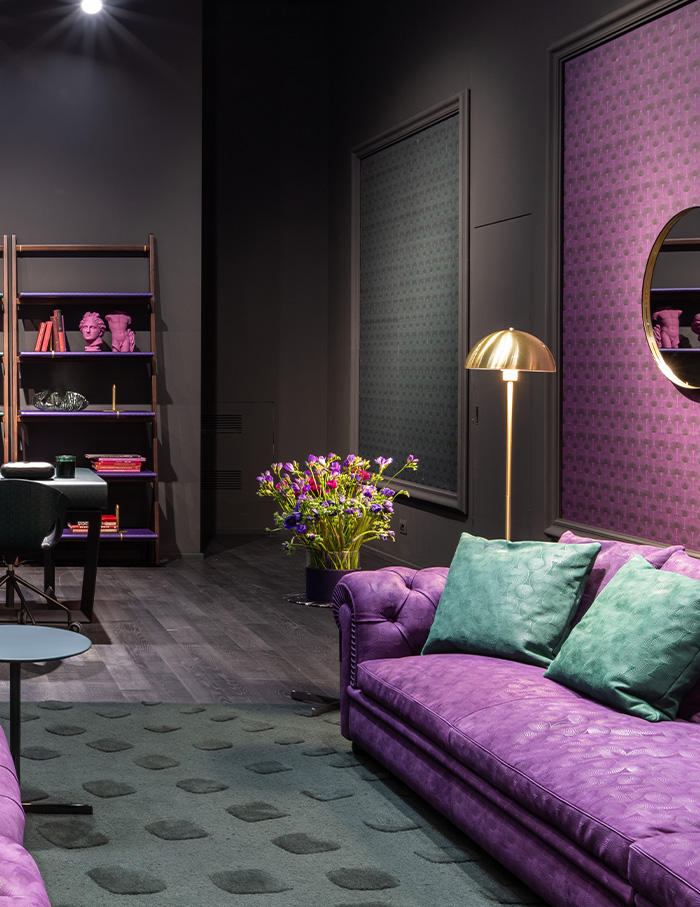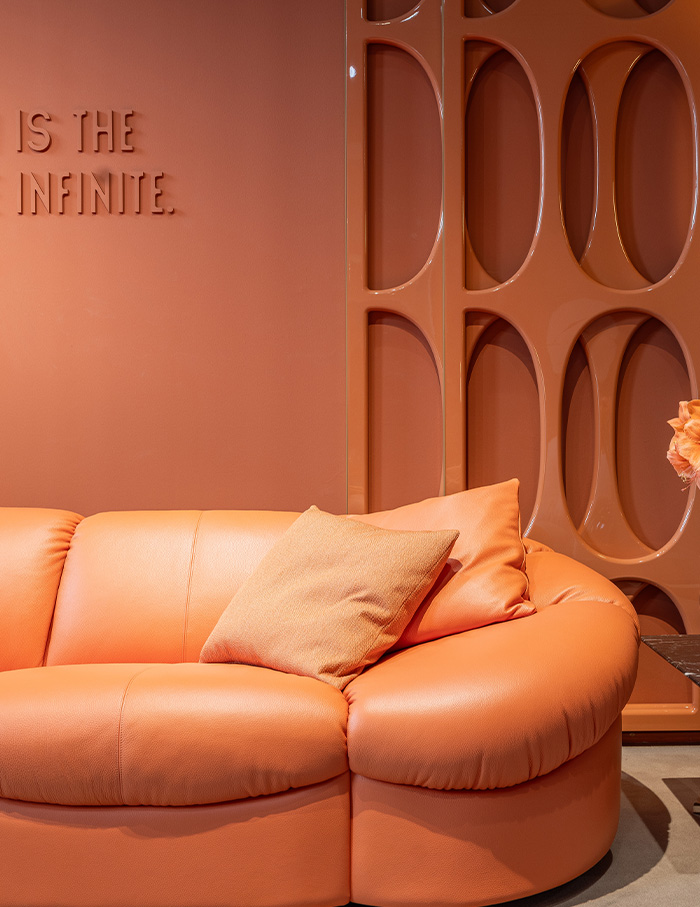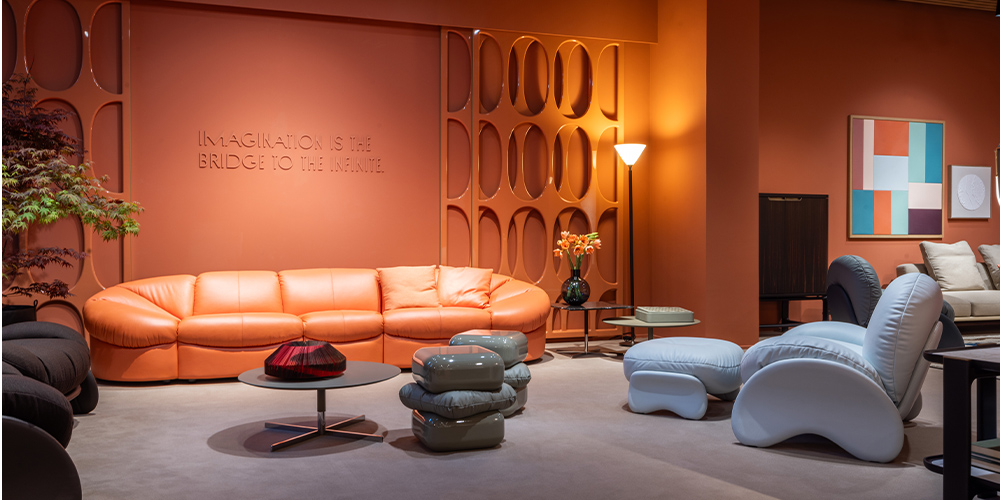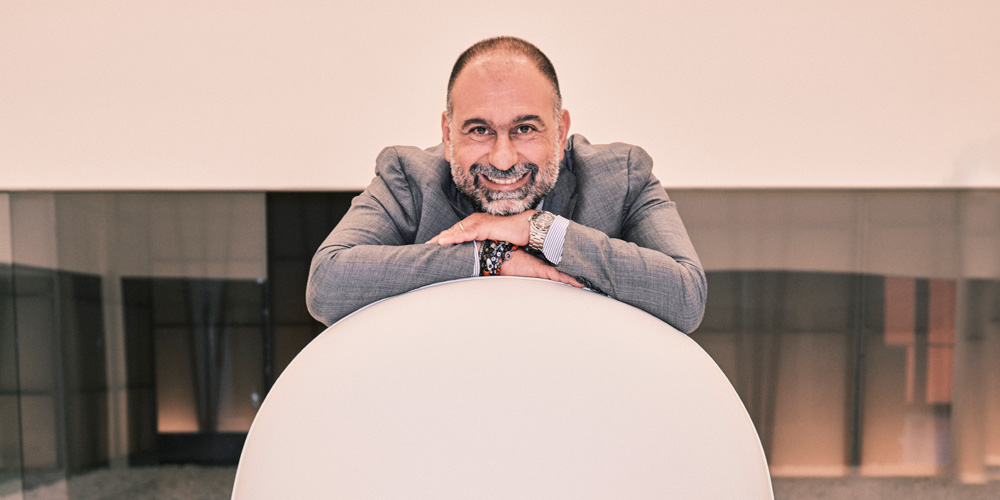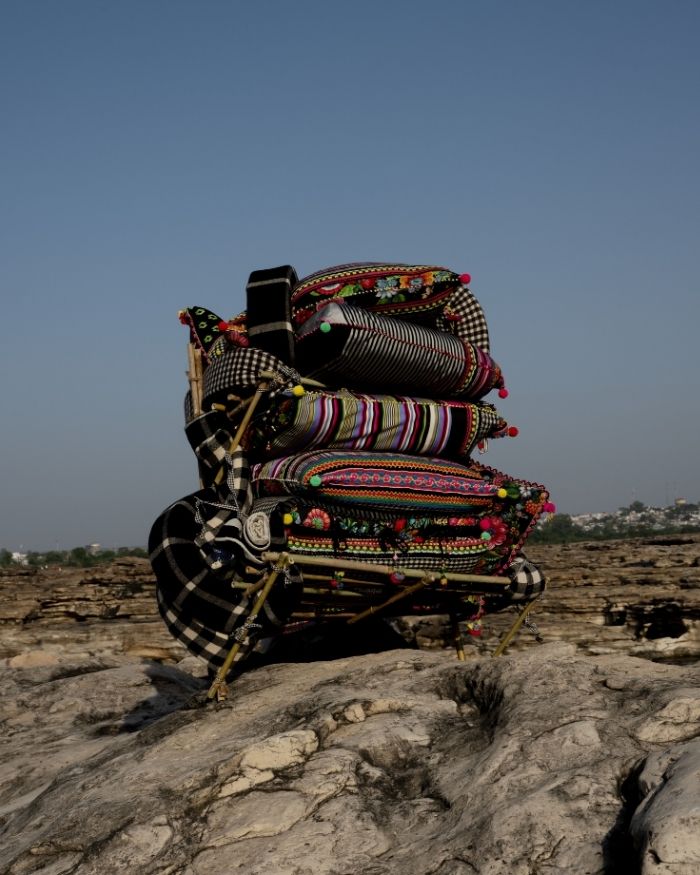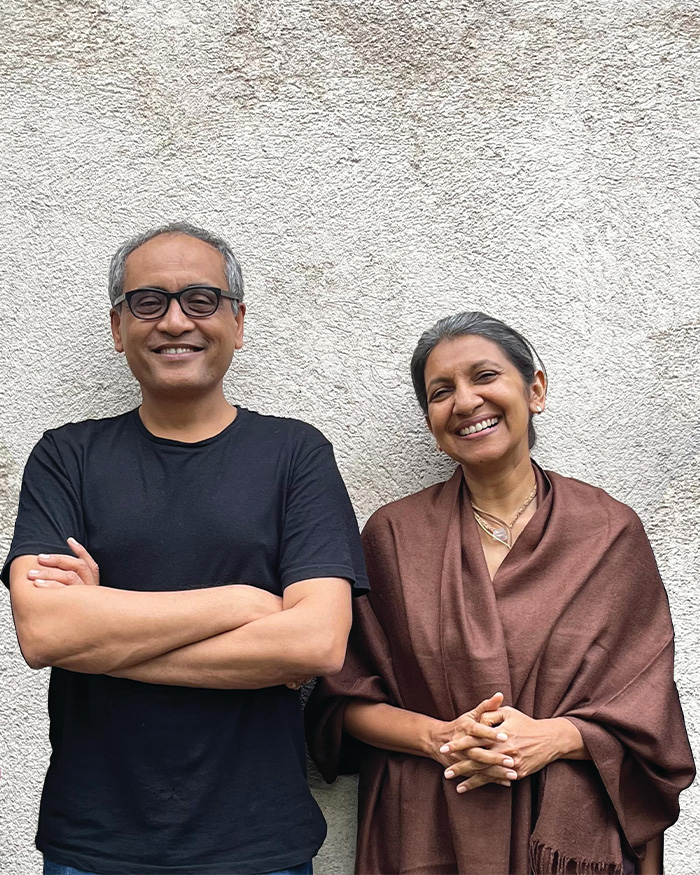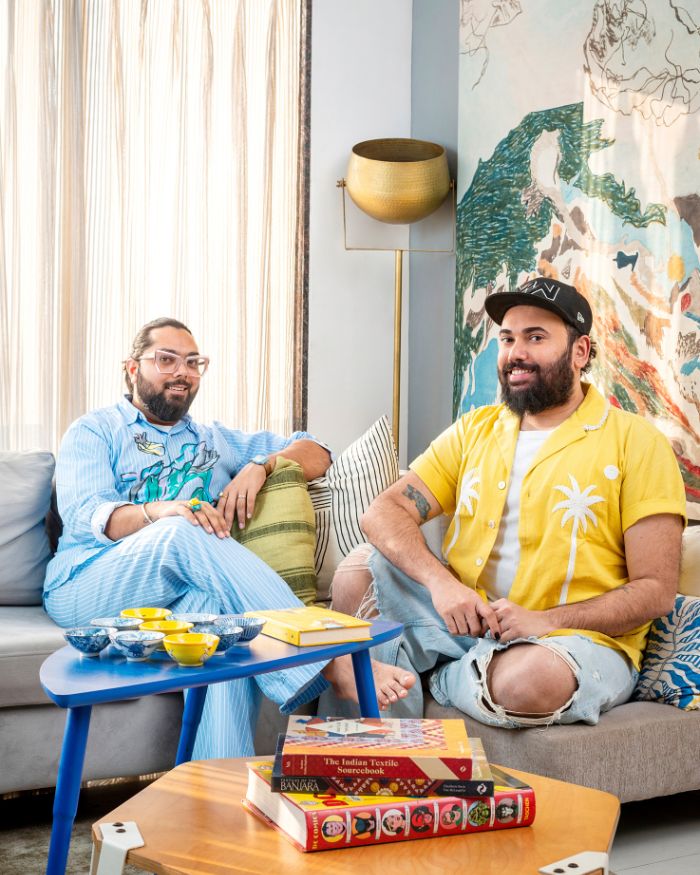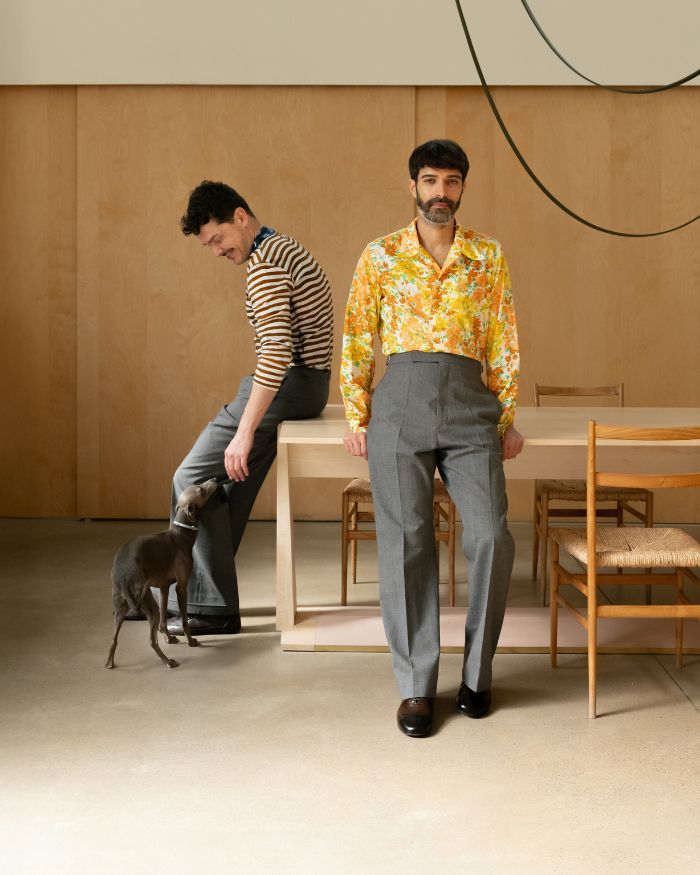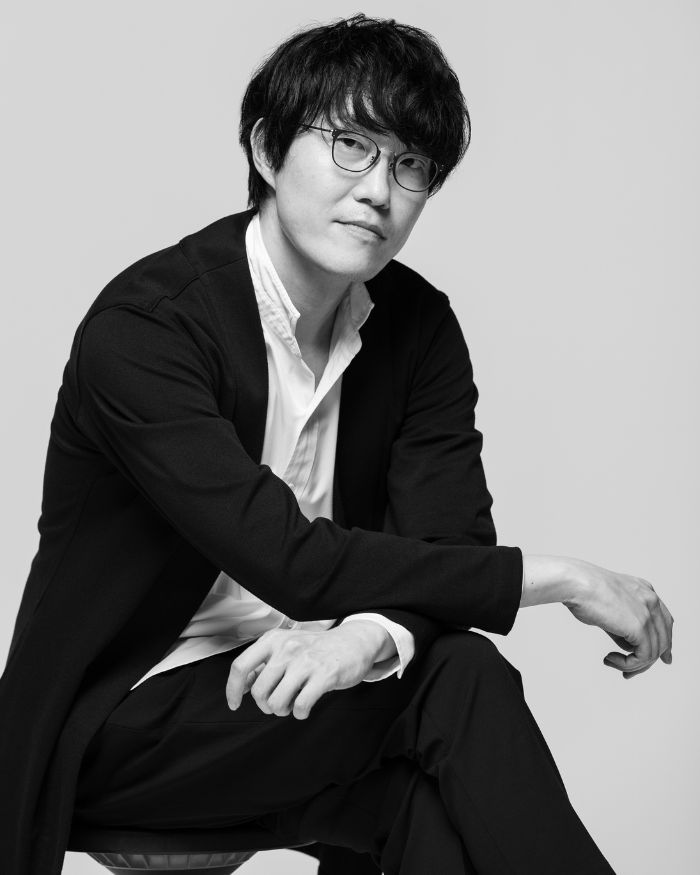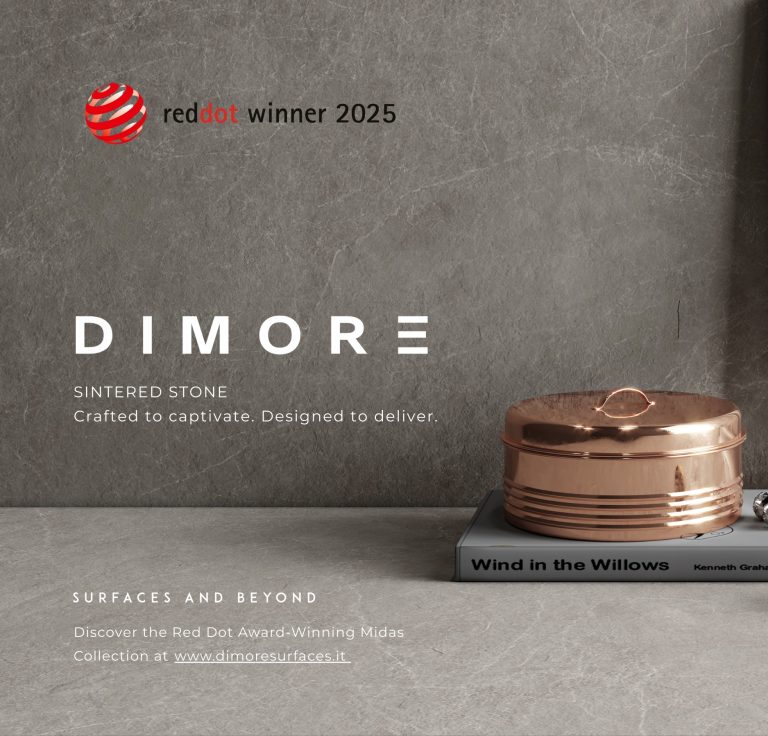Mrudul: I know design copies are a sore topic, but what are your thoughts on them?
Nicola: Being copied is a sign of success. If you’re copied, it means that you’re recognisable. Having said that, design companies should focus on branding to curb this. They must ensure that their product holds more value than simply the craftsmanship and the originality. All Poltrona Frau products are accompanied by an identity card proving their authenticity. We want to evolve this 20-year-old practice with a blockchain system, giving our creations a unique digital passport. Buyers will be able to scan and verify the product’s originality through an app that can be controlled by them as well as the brand.
Guaranteeing authenticity is important. Plenty of fakes exist for luxury labels like Louis Vuitton or Hermes, which are quite easy to find online. Digital platforms must refuse to sell copies. We’d encountered an issue with an American platform which was selling our products in their luxury section and copies under a false name under another. It cannot work like that — either you sell the original or the copy. As a matter of fact, copies shouldn’t be sold at all.
Mrudul: Poltrona Frau has enjoyed great success and recognition. How do you visualise the future of this legacy ahead?
Nicola: I think the best way to keep the tradition alive is to constantly innovate. In my opinion, the secret of a strong brand lies in being contemporary to the times that we live in and being able to respond to the needs of the clients.
A big legacy always creates trouble when deciding what developments should be made. This year we dared a lot with Squash by Faye Toogood and Parka by Draga & Aurel. We are happy to have dared because even if people did not react positively to our changes, they talked about them. In my opinion, we must make people think. That seed of thought is important.
Mrudul: Any collaborations with Indian designers in the future?
Nicola: Currently, we have the Assaya Armchair by Satyendra Pakhale, an Indian designer currently residing in the Netherlands. We will most likely do something again with him, but of course, the Indian scene is quite dynamic. I’m sure that several Indian designers will come up. As you said before, India is about colour and so is Poltrona Frau. Colour should be used as a theme to create something new.
Read More: 5 Questions with Christoph Brach on Tesammans: the Raw Colors collaboration with IKEA


